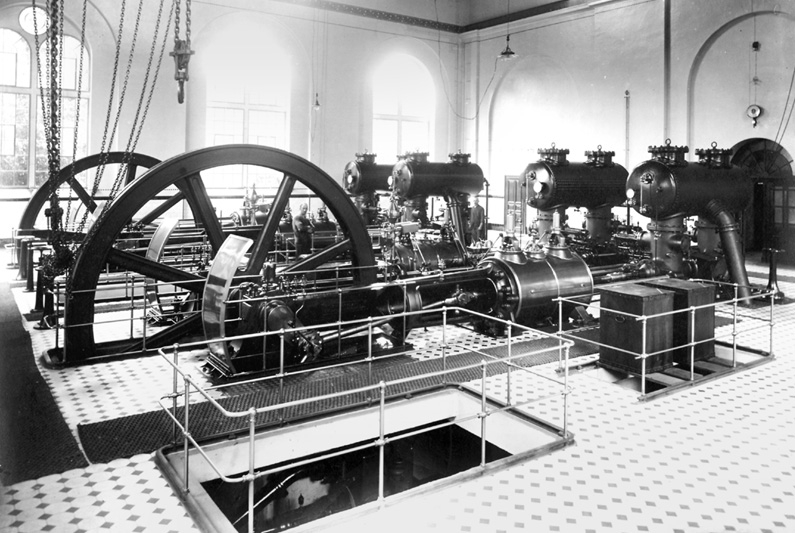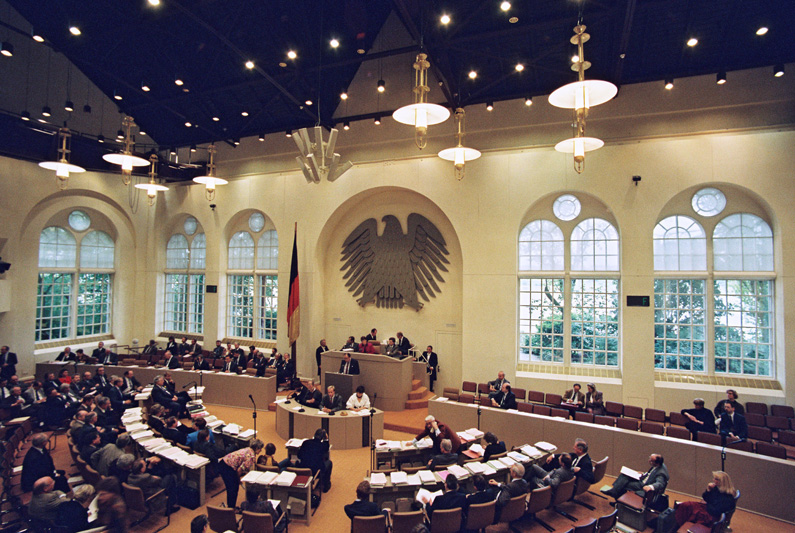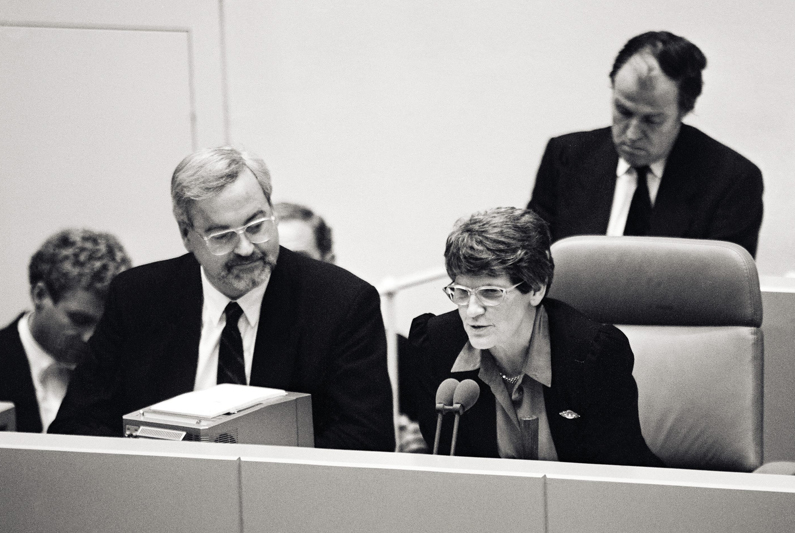With reunification, which took place in October 1990 following months of tough negotiations, space at the Wasserwerk parliamentary building became scarcer than ever, as the new federal states now also sent their representatives to Bonn. Before long, they had to grapple with the issue of where the newly reunified nation’s capital city should be located. “Germany’s capital is Berlin. The issue as to the seat of parliament and government shall be decided once Germany's unity has been established,” says the 1990 Unification Treaty.
The debate on this issue, which took place in the Wasserwerk on 20 June 1991, extended over almost 12 hours and was highly emotional. The result was announced at 9:49 p.m.: 320 members had voted in favour of moving the seat of the Bundesrat (Upper House of Parliament) and Federal President to Berlin, while 337 MPs voted in favour of parliament and the essential elements of the government relocating to Berlin along with the Bundesrat and Federal President.
The factor that tipped the balance in favour of Berlin is said to have been Interior Minister Wolfgang Schäuble’s speech at the session. He evoked the symbolism of Berlin during the Cold War, the 1948 airlift, the suppressed popular uprising of 17 June 1953, the building of the Berlin Wall in 1961 and the events of 1989-1990. “I believe,” he said, “that during the 40 years in which we were divided, most of us (had we been reunified) would have been puzzled by the location of the seat of parliament and the government being an issue at all – and would have said: of course in Berlin.” Former Chancellor Willy Brandt, who was Lord Mayor of Berlin during the construction of the Berlin Wall, strode decisively down the aisle after the speech and, deeply moved, gave Wolfgang Schäuble a warm handshake.


